By Dr. Edward Neal, MD
First published in Journal of Chinese Medicine
Issue 126 (June 2021)
The Huángdì nèijīng is the primary source text for the entire profession of Chinese medicine. Despite this central importance, fully implementing a comprehensive clinical method based on its principles and theories has remained elusive. Because of this, the full potential of these principles and theories has remained underutilised in clinical practice, particularly in the West. Over the past twenty years, new approaches to classical text-based research have been developed using the techniques of classical text-based archaeology (see part 1 of this series of articles in issue 125 of the Journal of Chinese Medicine). This research methodology has led to the development of Nèijīng nature-based medicine, a comprehensive clinical practice based on the writings, principles and theories of the Huángdì nèijīng. In this article, I introduce basic principles of Nèijīng nature-based medicine. In a subsequent article in this series, I will introduce technical aspects of this practice.

